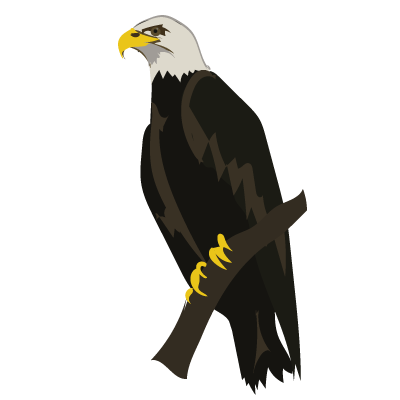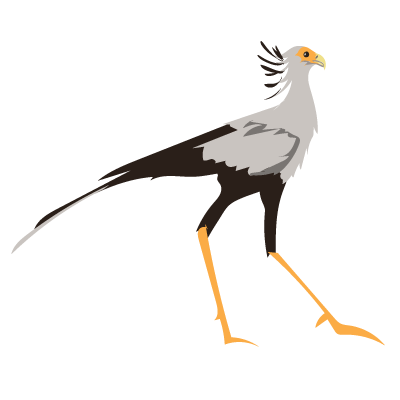Its Hawk Week on iNaturalist! Jan 17 - 23

It’s another bird week on our Critter Calendar, and this week we’re focusing on the Hawks, Eagles, and their relatives, collectively known as the Accipitriformes.
This order contains most of the diurnal birds of prey, nearly all of whom have large broad wings, sharp hooked beaks, and strong raptorial (aka grasping) claws. While falcons are similar to eagles and hawks, genetic testing has shown them to be more closely related to parrots and passerine birds and are not included in the accipitriformes order.
Hawks
The Accipitridae are a diverse group which includes large hunting birds such as eagles and hawks (also known as buzzards), and carrion eaters like the Old World vultures. They possess formidable eyesight, some seeing 8 times better than humans, and birds like the buteos can often be seen soaring high on thermals, looking for prey for far below them. Others like the smaller accipiters are smaller and quicker and will catch birds on the wing while flying through wooded areas. And Kites of the genus Elaninae hover over open fields, looking for rodents. Birds of this family can be found on all continents except for Antarctica.

New World Vultures
Unlike the Accipitridae, New World vultures such as the ubiquitous Turkey vultures and Black vultures have strong senses of smell, which they use for finding rotting carcasses. Their heads are featherless, their claws do not grasp strongly, and they are the birds best-adapted to soaring, sometimes traveling miles and miles each day on thermals.

Osprey

Ospreys are birds of prey who specialize in hunting fish. They are the only extant species in the family Pandionidae, and can be found worldwide wherever there is a body of water large enough to offer them a steady supply of food. Ospreys have brown upper parts and white underparts which may have some dark streaks.
Secretary Bird

And finally the family Sagittariidae, which also counts only one species as a member - the Secretary Bird. Found in the Sub-Saharan region of Africa, this mostly terrestrial raptor looks like a mash-up between an eagle and a crane, having a strong hooked bill and long legs, which it uses for running down prey on open grasslands. In addition to its body structure, the Secretary Bird has a distinctive crest of black feathers on the back of its head.
If you think you see any of these this week, share your observations with us. We'll be keeping track here. Happy Accipitriforme hunting!





Comments
One neat fact I've learned about vultures this week:
Vultures defecate on their legs to cool down and vomit as a form of defense...
http://naturemappingfoundation.org/natmap/facts/turkey_vulture_712.html
"During the hot weather, turkey vultures will defecate on their feet to cool them off. Since a vulture's digestive juices kill bacteria--which is why vultures don't get sick from eating rotten meat--defecating on their legs might even work as an antiseptic wash.
Their method of self-defense is to vomit their food, which they can send sailing 10 feet. If a turkey vulture is disturbed or harassed, it will throw up on the animal who is bothering it. Even the vulture babies will vomit on other animals. Though these behaviors might distress people, they serve turkey vultures well. Vulture vomit is an effective predator repellent. "
wow - as if eating roadkill weren't gross enough, vultures had to go defecating on their legs... sigh
Thanks Sam! These are definitely my go-to facts when seeing Turkey Vultures on nature walks I lead. Kids love learning about them!
Add a Comment